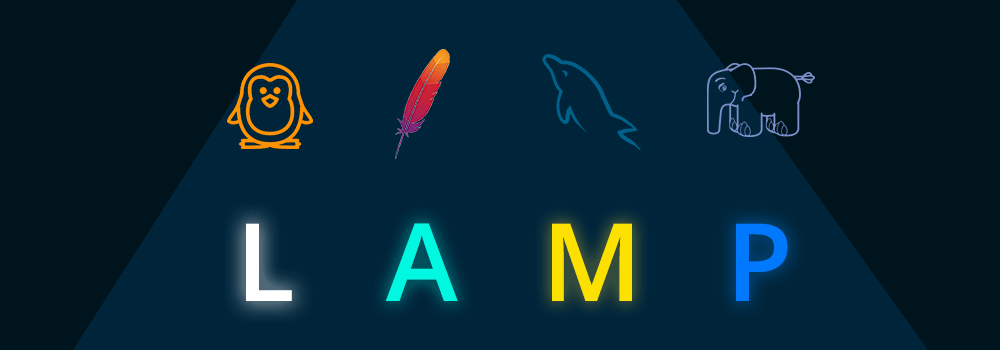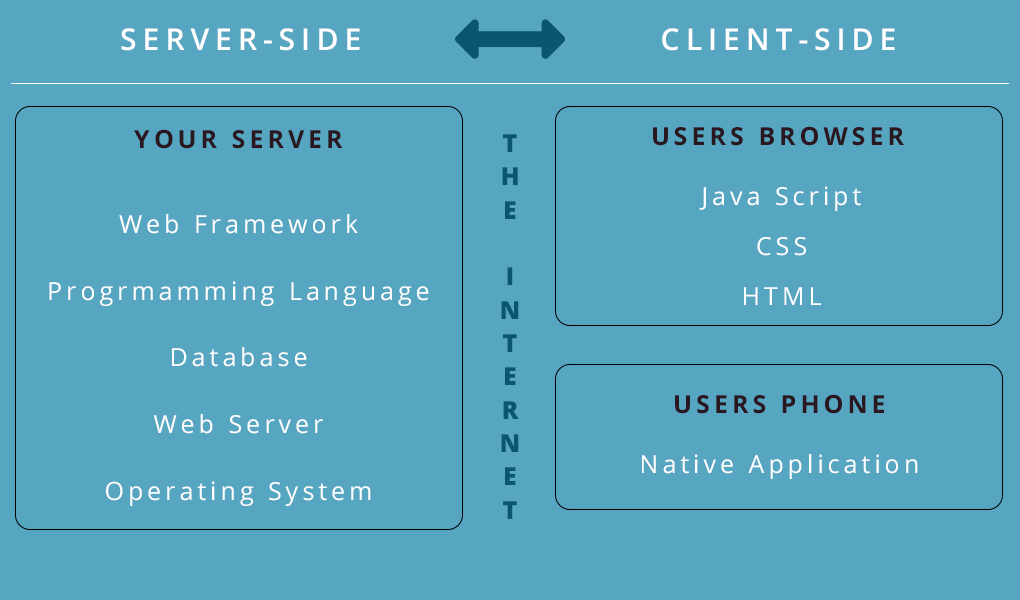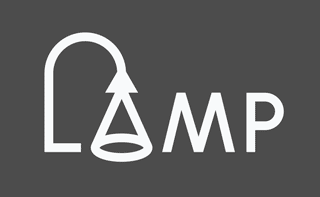
If you are quite knowledgeable or acquainted with web advancements, web development services or source programming, you probably have heard of LAMP stack. You may also know what it means or what the expression stands for. In this article, you will get more acquainted with LAMP stack, how to choose it, its meaning and its advantages.
Understanding Tech Stack

A technology stack is a combination of various programming languages and software products used to create a mobile or web application. There are two software components of this application, which include server-side and client-side, otherwise known as backend and front end. The most common example of backend technology stack is the LAMP stack.
When it comes to the front-end stack, it is a visual part of the application that users can see and interact with. Such interaction can happen through a mobile app or a web browser. When establishing for the web, front-end tech stack can be made of JavaScript, CSS and HTML.
Choosing a Technology Stack
For start-ups, there are so many valuable things to consider when choosing a tech stack. If you’re a non-technical founder, it can be easy to go to the nearest developer and depend on their advice when selecting a technology stack. This can be a mistake. To make sure that you make the right choice, here are some things you have to keep in mind:
- It is important to make sure that the app is responsive to mobile devices as there is a steep increase in mobile phone users. It should work to different screen sizes. So make your web applications easy to use and responsive.
- It depends on the target users who are going to view the application. If there are on mobile then choose a tech stack that will help develop the best mobile app.
- The skills you have also matter as it helps to get easy with the stack. Also, you can have one which is already built in the required programming language.
- The flexibility, regarding licensing or technicality to build and deploy applications which suit you.
- Websites need to be maintained after development so choose a tech stack which makes it easier.
- It is important to estimate how each of the stack and licenses will cost against how great it will be to use it.
- Considering the pros and cons choose a tech stack that can guarantee quick development to speed up things for you and on time.
- Think about the tool landscape in your industry. When launching with just a simple local mobile app, it may be a good idea to use a back-end provider rather than developing your own. Don’t just rely on the market share.
LAMP Stack Explained

LAMP is an acronym for Linux, Apache, My SQL and PHP. It is an open-source internet development platform, which uses Linux as its operating system, Apache as its Web server, MySQL as its RDBMS and the PHP as its object-oriented scripting language. Python or Perl is commonly substituted for PHP.
The LAMP Advantage
Every LAMP stack element is an example of FOSS (Free or Open Source Software). It has various essential benefits. The software’s nature can be obtained for free, which make it readily available to a wide range of users without having to pay. The licenses are also open. It is also possible to deploy and develop projects that are based on LAMP without paying license fees, making it really popular for both the professionals and hobbyist alike.
One of the primary reasons behind the growth and development of LAMP is that since users can gain access to the source, it’s much easier to rectify faults and develop applications.
Conclusion:
Basically, LAMP stack is an amalgamation of four valuable open source technologies that produce power application serving platforms. It is very appealing to many users because it is affordable and efficient.

Pingback:Mishapatel | Pearltrees